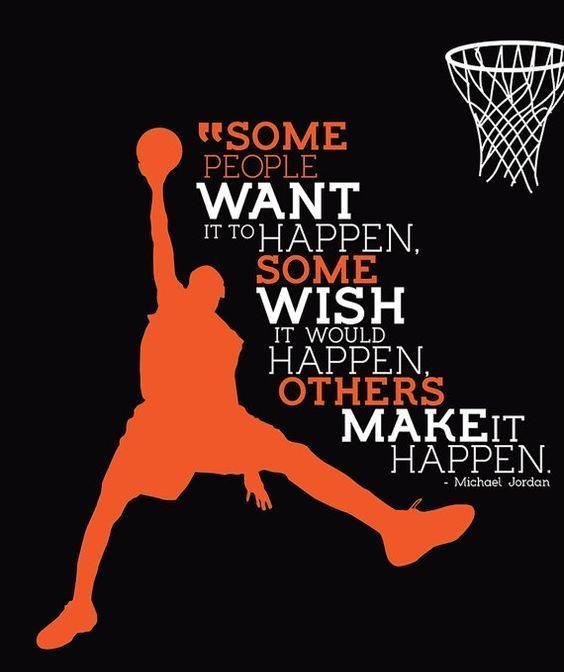Home »
Misc »
How to motivate a basketball team
How to motivate a basketball team
Coaching Tips To Motivate Your Basketball Team
There are many different ways to motivate your basketball team. While some methods may work better than others, finding the best way to motivate your unique team may take some time. Every team is different, there are some tried-and-true methods that seem to be effective for almost every team. Here are a few of our favorite motivational methods which can be used as a starting point, but feel free to adjust and adapt them to your unique team and vision.
Peaks and Valleys
Every basketball team goes through peaks and valleys—it's a part of the game, but those moments of high and low can also cause a rift in team motivation. During a peak, a team will likely fuel their own motivation by feeding off of success plays and crowd enthusiasm, but during a valley, a team lacks the energy needed to fuel their own motivation.
While it can be challenging and frustrating for both you and your team, it’s important to encourage your players to continue giving their all, even during a valley, as it will serve as good practice and experience for your next game.![]()
Rewarding Your Basketball team
One way to motivate your team during these rough patches can be to use some kind of reward system. For example, you could set benchmark tasks to be completed throughout the peaks and valleys of the game, and if those benchmarks are met, then players are rewarded with an early shower, a water break or even a shortened practice. If the marks aren’t met, the team has to clean up after practice, get to practice early or do extra reps or drills.
During valleys, benchmark tasks can be anything from making a certain number or percentage of free throws, three-point shots and drives for layups, or during peaks, suggest more difficult tasks such as half-court shots, one-on-two offensive shots or precision passing techniques. Feel free to encourage your players to work together to set goals for the team to promote ownership and challenge each team member to play their best every game. While these drills should be a fun challenge for your team, keep in mind that you need to follow-through with the reward system.
Productive Discipline
According to the Positive Coaching Alliance, the best way for basketball coaches to enforce good discipline is to remain calm, create consequences and be consistent. This doesn’t include negative feedback or becoming visibly angry with your players; rather, productive discipline focuses attention on establishing a strong coaching philosophy and culture with your team members and parents at the beginning of the season. By doing so, you are setting your expectations and the tone for the rest of the season.
Motivating The Team To Behave
While this may be enough for some players, there are times you may still have to address undesirable behavior. The Positive Coaching Alliance suggests a three-pronged approach: reinforcing good behavior, ignoring the behavior you don’t want and, when you’re left with no choice, intervening with a ‘least attention’ manner. The first two steps are fairly straightforward. Acknowledge and reinforce the behavior you want to see from your athletes based on the guidelines and culture you established at the beginning of the season.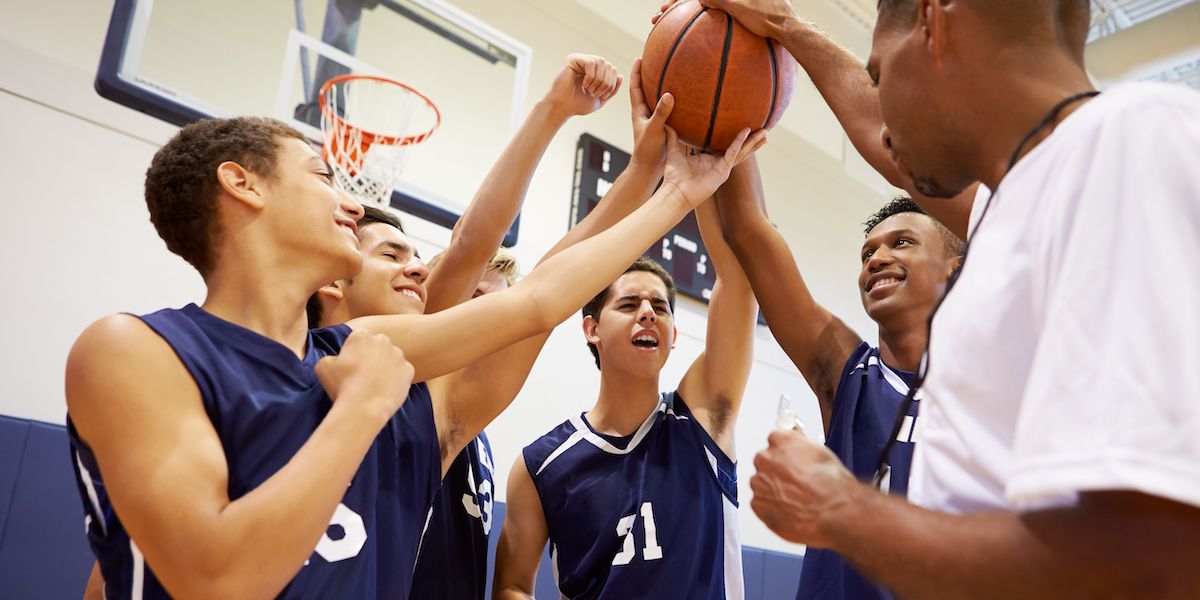 For players who are misbehaving, sometimes the most effective strategy is to disregard the player and their actions completely. Oftentimes, after taking away their attention completely, children will typically want to regain the attention of their coach and will start to comply with the previously established rules.
For players who are misbehaving, sometimes the most effective strategy is to disregard the player and their actions completely. Oftentimes, after taking away their attention completely, children will typically want to regain the attention of their coach and will start to comply with the previously established rules.
In some cases, ignoring misbehavior is not an option, especially if the athlete is putting herself or other teammates at risk. When you have to intervene, it’s best to do so with the ‘least-attention’ possible. We suggest calmly calling the player to the side and asking him or her to sit out until they are ready to obey the rules. You may have to repeat this step if the player continues to disregard team rules. When it comes time to check in with the player, encourage him or her to verbally acknowledge why they were asked to sit out and to commit to following the rules from now on.
Although following this approach can prove to be challenging—especially when you’re trying to remain calm in the midst of a big game—you’re setting a positive example for your players and their parents, teaching them to learn from their mistakes and keep moving forward.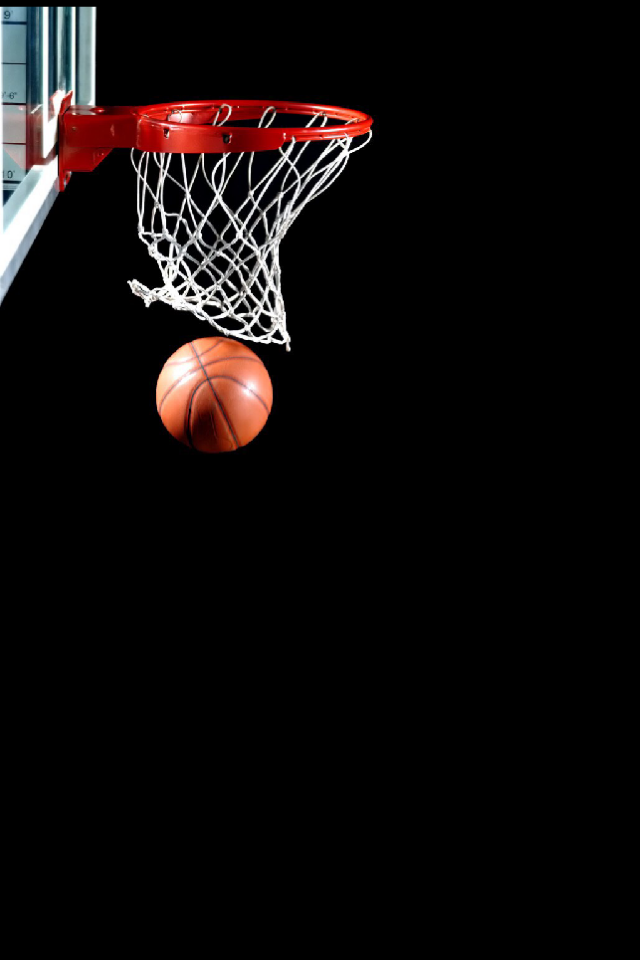
Praise Drives Team Motivation
Positive reinforcement, more commonly known as praise, is generally welcomed by all players. Praise your players, both in times of success and defeat. Offering simple words of encouragement and praise can give your players the boost they need to finish the game strong.
Praise doesn’t have to just come from coaches. Encourage parents and even team members to praise each other for good work on and off the court. Coming together as a team to create a positive environment for each and every one of your players is the best way to motivate your team to play their best.
Motivation the SquadLocker Way
SquadLocker motivates your entire basketball team by offering sports apparel and gear that they can feel proud to wear on and off the court, featuring brands such as Under Armor, Adidas, Nike and more. Set up a Team Store to purchase quality sports gear, customized with your team’s logo. SquadLocker is ready to motivate your basketball team by making them look and feel good!
Motivating Your Basketball Team the Entire Season, Coach's Clipboard
Home >
Coaching >
How to Motivate Your Team Throughout the Season
From the Coach’s Clipboard Basketball Playbook
Austin Winder is a Public Relations Specialist and contributing author for Rhino Rugby.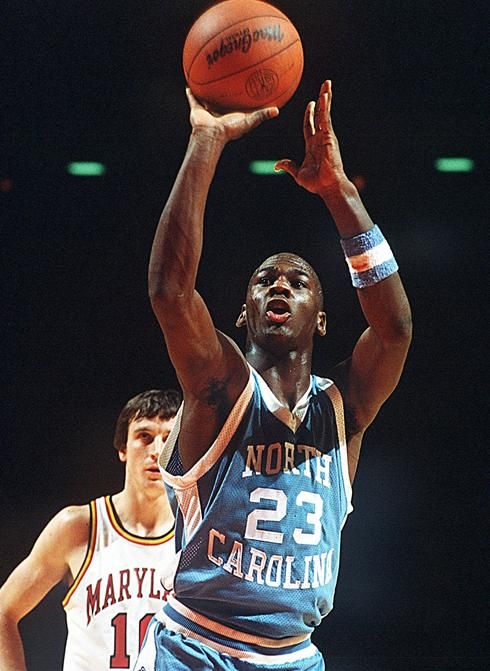 He lives in Memphis, TN and graduated with a business and marketing degree from the University of Memphis.
He lives in Memphis, TN and graduated with a business and marketing degree from the University of Memphis.
Motivation is a tricky thing in sports. At the start of a season, for example, motivation is easy; every team starts on the same footing and optimism is at an all-time high. As the season progresses, however, adversity sets in. Whether it's a nagging injury, a losing streak, or personal issues arising between teammates, that early motivation can slowly dissipate.
That's why it's crucial to help your team to remain motivated throughout the season. It's one of the most difficult jobs for a coach as well, since each person is motivated by different things. No matter what clicks with your players, these tips will help you to establish a connection that helps you to keep your players excited and striving for greatness.
"Hoosiers"
Two-way communication
Don't just give the players instructions - listen to their individual needs. Understanding what each player needs encourages them that they're being heard. This is an essential part of keeping an engaged relationship with your team. This positivity will soon transfer and the team members will then spread the same energy among themselves. Try gathering and encouraging feedback with the players. Once that has been communicated, act on it. This will increase productivity and enhance collaboration.
Understanding what each player needs encourages them that they're being heard. This is an essential part of keeping an engaged relationship with your team. This positivity will soon transfer and the team members will then spread the same energy among themselves. Try gathering and encouraging feedback with the players. Once that has been communicated, act on it. This will increase productivity and enhance collaboration.
Keep practices exciting and make them count
Doing the same thing on a daily basis will only set them up to think of the practice as predictable and boring. This will decrease productivity and demotivate them from pushing harder to achieve the goal. Keep your team working hard - the more in shape they are and well practiced, the more confident they will be to be motivated.
Encouragement
This might seem like an obvious one but complimenting your team on their success and giving them positive reinforcement goes a long way. Take an extra step to really analyze and observe their progression before complimenting. Instead of saying "nice work", give them a compliment on something specific such as the way they made a great pass, worked well in communicating with the other players, etc. Specification seems more genuine and warm-hearted than generic compliments.
Take an extra step to really analyze and observe their progression before complimenting. Instead of saying "nice work", give them a compliment on something specific such as the way they made a great pass, worked well in communicating with the other players, etc. Specification seems more genuine and warm-hearted than generic compliments.
Motivation Through Incentives
Incentives are an effective way to motivate. This is also known as the "dangling the carrot" method and allows the athlete to focus on the prize at the end of the road. Come up with interesting incentives that will be beneficial to the team in the long run. For example, reward them with a free dinner or the day off if they get a win or reach their goals. Goal setting is one of the main ways to motivate and having an eye on the prize at the end of the struggle is a great way to keep your team's mind focused on something other than the difficulty.
Get input from your athletes
And make sure that they know they are heard.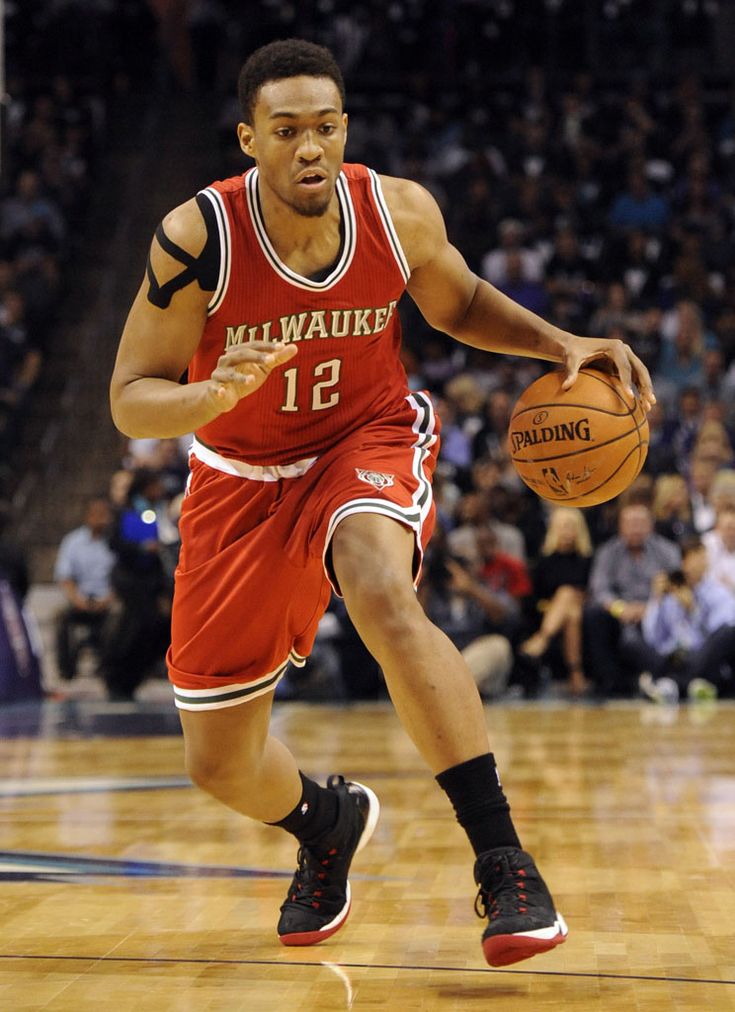 Let their influence matter so they feel more connected to the team and their goals. When people are connected, they become more empathetic and caring towards one another. If they aren't connected, they won't be encouraging. When you make it known to them that you're hearing them as well, they will instill trust in you and work harder to make you proud of their work in the game.
Let their influence matter so they feel more connected to the team and their goals. When people are connected, they become more empathetic and caring towards one another. If they aren't connected, they won't be encouraging. When you make it known to them that you're hearing them as well, they will instill trust in you and work harder to make you proud of their work in the game.
Create an environment that gives your team recognition and appreciation
Keeping a positive vibe will instill bliss and happiness in your team and the environment. Don't take things too seriously or be too harsh when something doesn't go as planned. If you do, the players won't really be too amped up to come to the games or practice. Even worse, they will be fearful of how you will react if they can't perform well one day.
Be the role model you want your team to emulate
The best coach leads by example. Be the standard of hard work, ethics, and motivation you want to see from your team. Because you are older with more experience and knowledge, they will look up to you and emulate your character in certain ways. If you're not emitting positive energy in the game, they will catch on and perform under their standards.
Be the standard of hard work, ethics, and motivation you want to see from your team. Because you are older with more experience and knowledge, they will look up to you and emulate your character in certain ways. If you're not emitting positive energy in the game, they will catch on and perform under their standards.
90,000 Motivation of players as a determinant of the success of the performance of the basketball team The text of the scientific article in the specialty "Media (Media) and Mass Communications"
UDC 796.323 DOI: 10.24412/2305-8404-2022-3-87-93 9000 BASKETBALL TEAM PERFORMANCES
A.A. Klimenko, A.I. Usenko, P.V. Abuladze, M.V. Kalita
The role of motivation in sports activities is shown and the structure of athletes' motivation is considered. A step-by-step algorithm of actions of a basketball team coach in the work on increasing the motivation of players is given. A number of measures are outlined to control and generate motives for sports activities among basketball team players.
Key words: motivation, motives, basketball players, players, athletes.
Klimenko Andrey Alexandrovich, Ph.D. ped. Sciences, Associate Professor, [email protected], Russia, Krasnodar, Kuban State Agrarian University named after I.T. Trubilina,
Usenko Aleksandra Ivanovna, Ph.D. ped. Sciences, Associate Professor, [email protected], Russia, Krasnodar, Kuban State Agrarian University named after I.T. Trubilina,
Abuladze Paata Venorovich, senior lecturer, [email protected], Russia, Krasnodar, Kuban State Agrarian University named after I.T. Trubilina,
Kalita Mikhail Viktorovich, senior lecturer, [email protected], Russia, Barnaul, Altai State Pedagogical University
Motivation plays a significant role in various types of human activity [1]. It is with its growth that the generation of the value-semantic sphere of the individual, the understanding of one's position in society, socialization and professional development are associated [2].
Currently, researchers note the ambiguity of points of view regarding the definition of the composition, essence and implementation of motivational directions. Emphasizing this, the most optimal today is the opinion that motivation is a dynamic process, as a result of which a motive is generated. The dependence of the athlete's motivation on his needs and its manifestation in specific actions is also noted [3].
Purpose of the research: to study, based on a retrospective analysis of the literature, the state of the problem of motivating members of a basketball team in order to find the most optimal means and methods for shaping players' motivation.
MOTIVATION OF PLA YERS AS A DETERMINANT OF THE SUCCESS OF THE PERFORMANCE OF THE BASKETBALL TEAM
Klimenko A.A., candidate of pedagogical sciences, associate professor, kalita-2018@ mail.ru, Russia, Krasnodar, Kuban State Agrarian University named after I.T. Trubilin, Usenko A.I., candidate of pedagogical sciences, associate professor, aleksandra.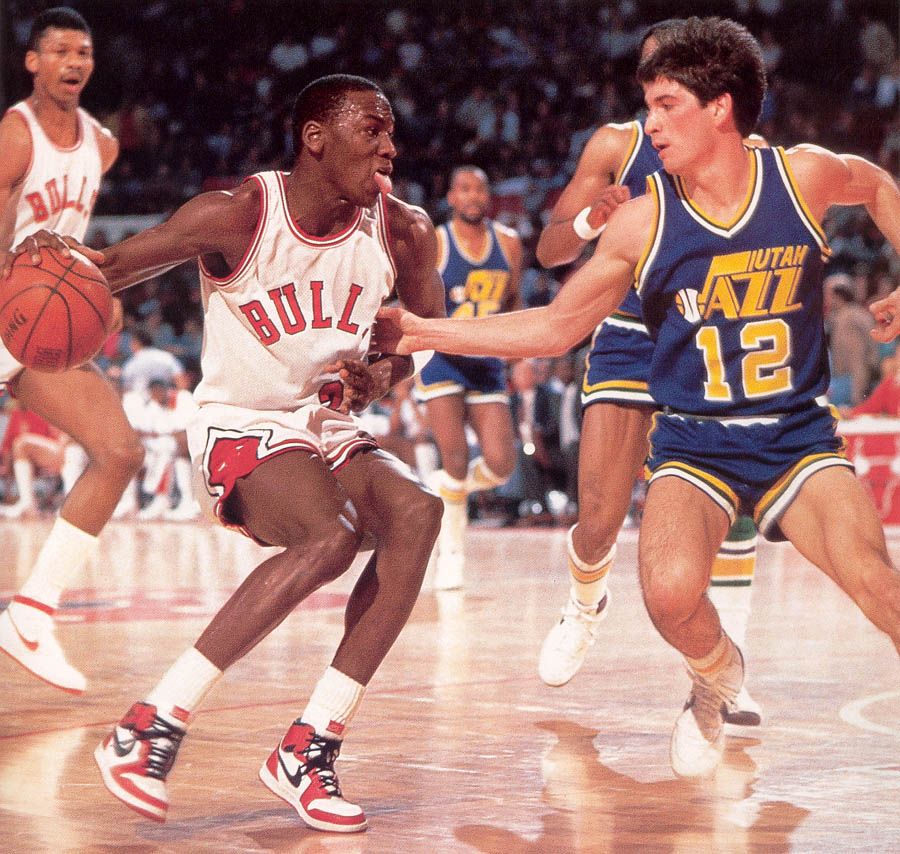 71@ mail.ru, Russia, Krasnodar, Kuban State Agrarian University named after I.T. Trubilin, Abuladze P.V., senior lecture, kalita-2018@ mail.ru, Russia, Krasnodar, Kuban State Agrarian University named after I.T. Trubilin, Kalita M.V., senior lecturer, kalita-2018@ mail.ru, Russia, Barnaul, Altai State Pedagogical University
71@ mail.ru, Russia, Krasnodar, Kuban State Agrarian University named after I.T. Trubilin, Abuladze P.V., senior lecture, kalita-2018@ mail.ru, Russia, Krasnodar, Kuban State Agrarian University named after I.T. Trubilin, Kalita M.V., senior lecturer, kalita-2018@ mail.ru, Russia, Barnaul, Altai State Pedagogical University
The role of motivation in sports activities is shown and the structure of athletes' motivation is considered. A step-by-step algorithm of actions of a basketball team coach to work on increasing the motivation of players is given. A number of measures are outlined to control and generate motives for sports activities among basketball team players.
Key words: motivation, motives, basketball players, players, athletes.
Research objectives:
1) to analyze the most important components of motivation based on the study of its problems in the sports activities of basketball players;
2) identify and theoretically substantiate a step-by-step algorithm of the coach's actions to form players' motivation for training and competitive activities.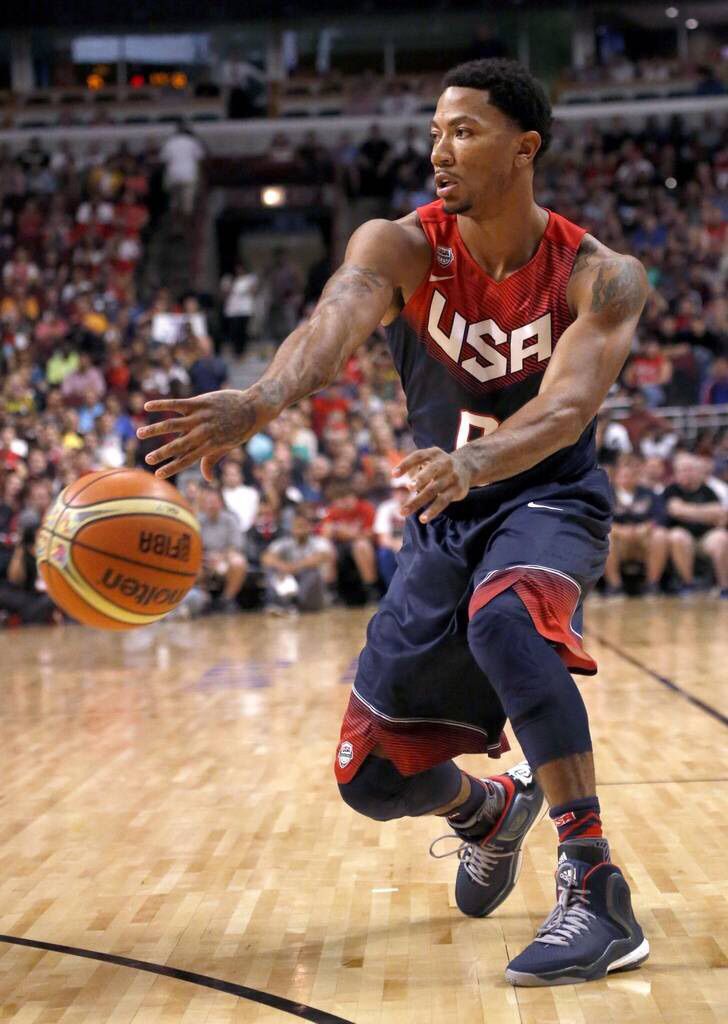
Research methodology and organization. The following methods of pedagogical research were used:
1) the study of literary sources: the following methods were used in the implementation of this method: note-taking, abstracting, compiling a bibliography, annotating, citing, drawing up logical diagrams of the text;
2) theoretical analysis: this method was characterized by the following features: comparison with scientifically substantiated facts, correlation with the goals and objectives of the study.
Research results and their discussion. The state of the problem of motivation for sports activities among basketball players was studied, the most important components of the problem were analyzed, a step-by-step algorithm of the coach's actions to work on increasing the players' motivation was identified and theoretically substantiated.
The adjustment of motivation is influenced by many factors [4]. Proceeding from this, the problem of searching and identifying these factors comes to the fore, with goal setting and adaptation of the athlete's motivation to the generated conditions of the internal and external environment.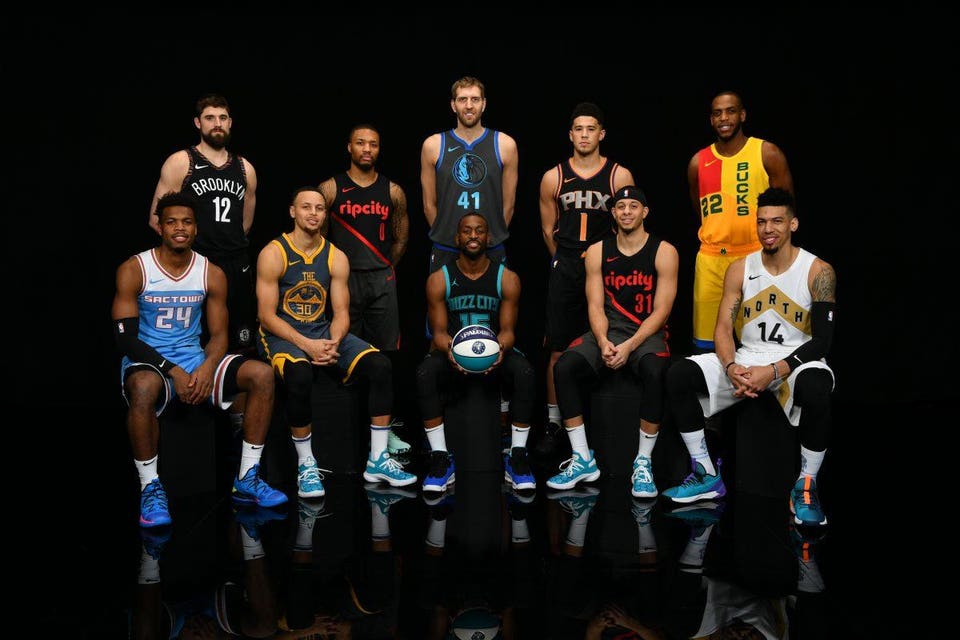 We emphasize that the most important structural component in the motivation of an athlete, in addition to the classically formed ones (orientation to problem solving, ego, etc.), will be a commercial component that is gaining momentum in the modern consumer society and relating to all levels of social life. Sports activities are no exception [4].
We emphasize that the most important structural component in the motivation of an athlete, in addition to the classically formed ones (orientation to problem solving, ego, etc.), will be a commercial component that is gaining momentum in the modern consumer society and relating to all levels of social life. Sports activities are no exception [4].
The motivational component of an athlete's training is the most important factor indicating his ability for professional growth, effective performance in competitions and performance at the training stage [5].
Motivation acquires special significance in sports activities that require an athlete to achieve high results in a short time, while competing with other athletes and teams.
Currently, there is a problem of low motivation of Russian athletes. The performance results of our teams in such popular sports as football and, in particular, basketball, leave much to be desired.
Hence the need for a strictly structured set of methods and means aimed at generating motivation for sports achievements in the psychological and pedagogical training of athletes (in particular, basketball players) is brewing. In addition, this training should take into account the personality traits, the nervous system and the age characteristics of the athlete [6].
In addition, this training should take into account the personality traits, the nervous system and the age characteristics of the athlete [6].
A team consisting of motivated players will achieve better results than a team that only performs tactical schemes and techniques [7].
The reason for an unsatisfactory team result may not be a weakness in attack or defense, but a lack of desire to win and proper motivation of the players. Therefore, the skill of a coach in terms of increasing the motivation of players will largely determine the effectiveness of team performance in competitions.
Questions arise: “Where do you need to start?”, “What algorithm of actions can be recommended for a coach to work on increasing the motivation of basketball players?” Let's take a closer look at some aspects.
1. Unacceptable unified approach.
It is impossible to communicate with all players in the same way: there are basketball players in the team who differ from each other in terms of individual and personal characteristics, so they will react differently and ambiguously to the methods used by the coach in a given situation.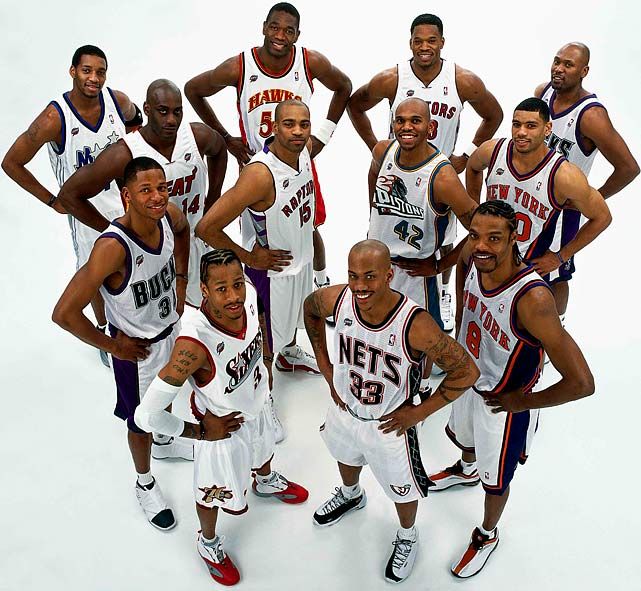 Some are able to adjust themselves, others need outside help.
Some are able to adjust themselves, others need outside help.
2. Constancy in rewarding and punishing players "fairly", in fairness.
The coach needs to praise the wards at any opportunity, since while he is praising the player, the latter's attention is directed to what the mentor says. With regard to punishment, one should try not to punish, but to discipline. Punishment, according to M. Wutten, is applied only in cases of violation of the internal rules of the team or in case of indecent behavior.
Praise for effective performance will look natural and logical. Even more significant is to reward those players who train with perseverance and make efforts to achieve results not only on the basketball court, but also outside it.
3. Verbal encouragement. It is noted that this is the most effective way to encourage a basketball player on the court [7]. One player is to be commended for a good pass, another for a good shot, and a third for a tenacious defensive play. Here, a big mistake would be to reward the wards only for athletic qualities and performance of game actions. In this case, the less physically prepared members of the basketball team, who make great efforts to contribute to the success of the team, are left without attention. Therefore, it is necessary to praise the players not only for the manifestation of skill, but also for their efforts and efforts.
Here, a big mistake would be to reward the wards only for athletic qualities and performance of game actions. In this case, the less physically prepared members of the basketball team, who make great efforts to contribute to the success of the team, are left without attention. Therefore, it is necessary to praise the players not only for the manifestation of skill, but also for their efforts and efforts.
Another important point is that the praise of the player in front of the whole team is especially pleasant for him. Therefore, if a basketball player has done something very well, it is recommended to pause in training and praise him in front of the whole team. This method will lead to the fact that the wards will gradually understand what actions will cause the coach's praise and will try to earn it. The result is an increase in the effectiveness of the team's game.
4. Correct placement of accents. The coach's intuition and approach to the game will guide the mentor and tell him what to emphasize in training, as this will be followed by a sensitive reaction from the players.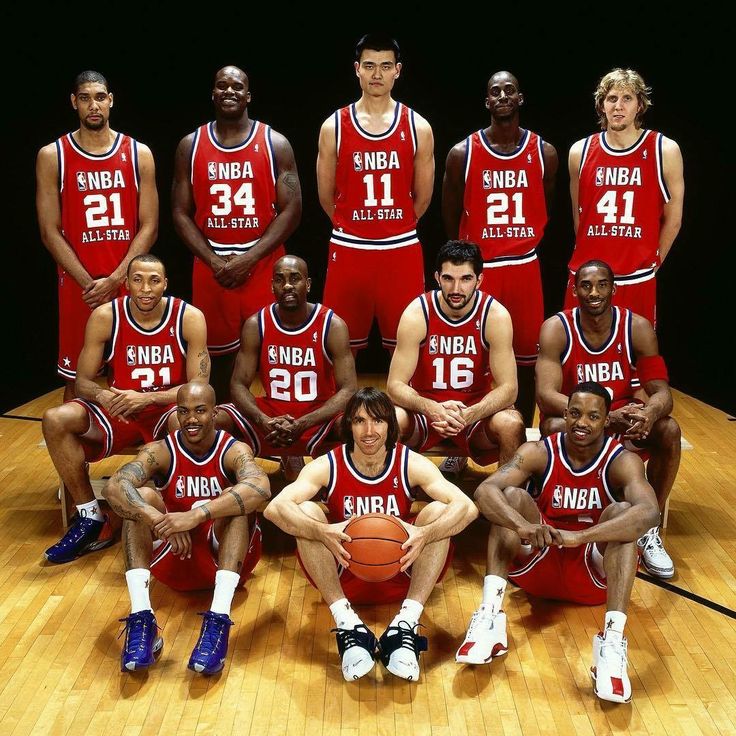 In an effort to earn the encouragement of the mentor, they will try to do what they see fit for the coach. Here it is necessary to note the reverse side of the placement of accents. After a certain time of communication with the coach, the players will understand what can not be done, that is, what is not given much importance. For example, if the coach does not praise the players for scoring three-point shots, then team members will quickly realize that long-range shots are not so important.
In an effort to earn the encouragement of the mentor, they will try to do what they see fit for the coach. Here it is necessary to note the reverse side of the placement of accents. After a certain time of communication with the coach, the players will understand what can not be done, that is, what is not given much importance. For example, if the coach does not praise the players for scoring three-point shots, then team members will quickly realize that long-range shots are not so important.
5. The purpose of discipline is learning. The reverse side of praise will be punishment or censure. Some experts [7] do not recommend using disciplinary measures for the purpose of punishment, but only for educational purposes. An important point for maintaining discipline in the team will be the addition of rewards. In this case, the players will form a general picture, which is unacceptable in training and in the game, but they will not have stiffness or fear when performing certain techniques.
6. Individual attention. To motivate the player, the best way would be an individual conversation [7]. Praising the bass-ketball player for his efforts, focusing his efforts on persistent further work, telling him that he is important for the team will be very effective, since everyone is pleased when he is singled out and worked with him individually [7].
7. Bonus reward system. In addition to verbal forms of motivation, you can additionally use a bonus system of rewards. The basis of this system will be the qualitative and quantitative component of the game during training. The successful actions of the team members, as well as the efforts made by them, are encouraged by bonuses, which consist in reducing the running load. On the contrary, poorly performed tasks lead to additional running exercises.
The use of the bonus system and the system of running exercises is acceptable for absolutely any training task. This increases the concentration and effort of the players in every training session.
8. Dealing with behavior problems. Types of punishments and incentives that should be applied in relation to compliance-violation by team members of the rules and norms adopted in the team:
a) one-on-one conversation. If a team member misses a training session without a good reason, then an individual conversation should be held with him. Varying the content of the conversation depending on the circumstances, one must adhere to the following rule: to focus the attention of the basketball player on the fact that the behavior characterizes him as a person, shows what kind of person he is. Another important point is to remind team members that they represent their family, school, faculty, university, club, etc. In one-on-one conversations, the player's self-esteem, pride and commitment to other team members must be addressed [ 7];
b) selection of players. The most effective way to prevent problems is to select players who the coach considers to be good people. Among the set of necessary qualities for such players, it is necessary to highlight the love of basketball, the willingness to train and be passionate about learning (if we are talking about schoolchildren or students).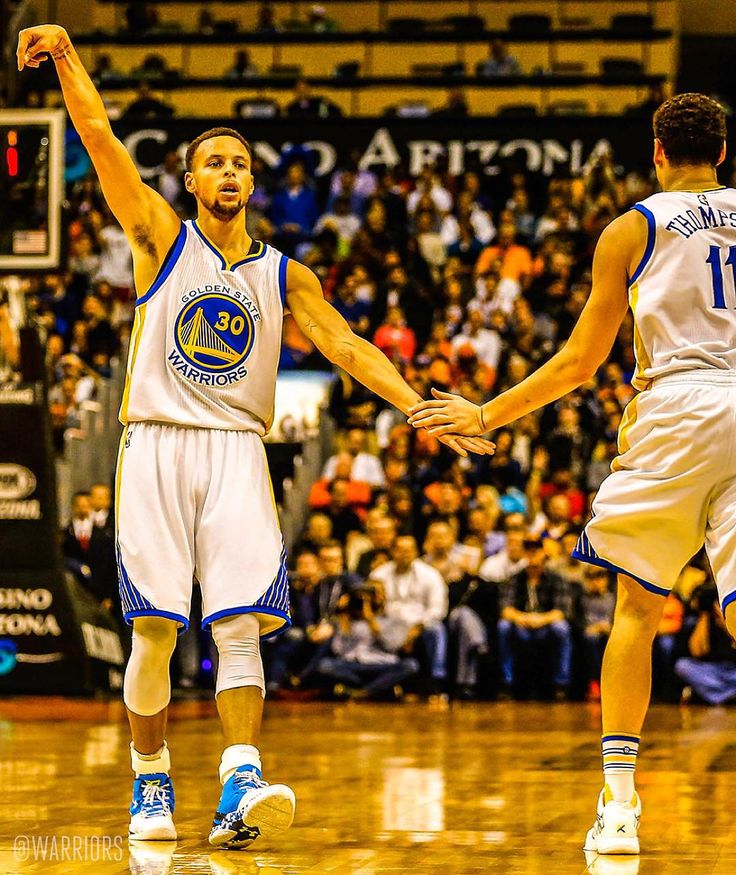 Talent here is not the first line among the necessary qualities that allow you to qualify for the team. Concretizing, we can note the following questions that a coach should ask himself when deciding to invite a player to the team: “What kind of personality is he?”, “Is he a good person?”, “Is he devoted to basketball?”, “Does he know how to communicate with people ?”, “Will he be able to sacrifice personal for the good of the team?”, “Will he solve problems, and not create them?”, “Is he emotionally balanced?”, “Is he diligent in his studies?”. If the answer to these questions is yes, then you can proceed to assess the physical qualities and skills of the game.
Talent here is not the first line among the necessary qualities that allow you to qualify for the team. Concretizing, we can note the following questions that a coach should ask himself when deciding to invite a player to the team: “What kind of personality is he?”, “Is he a good person?”, “Is he devoted to basketball?”, “Does he know how to communicate with people ?”, “Will he be able to sacrifice personal for the good of the team?”, “Will he solve problems, and not create them?”, “Is he emotionally balanced?”, “Is he diligent in his studies?”. If the answer to these questions is yes, then you can proceed to assess the physical qualities and skills of the game.
Following this principle of selection to the team, we can say that the coach will not think about punishment.
Conclusion. Motivation as a determinant of the successful performance of a basketball player in competitions is the main reference of the player's personality, which contributes to the achievement of competitive goals.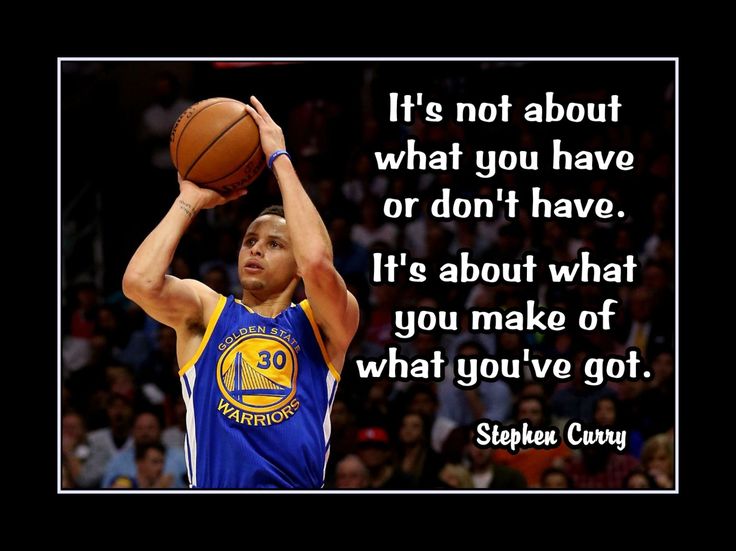 The peculiarity of motivation lies in the fact that it actively influences the achievement of a high competitive result [8].
The peculiarity of motivation lies in the fact that it actively influences the achievement of a high competitive result [8].
A coach who is not aware of the motivation of the players, who does not see the main motives for playing basketball, will not be able, in our opinion, to fully and effectively prepare the team for successful performance in competitions.
In order to control and form motives for sports activities among basketball team players, the coach needs, in our opinion, to carry out a number of the following activities:
1) assess the initial level of formation of motivation among basketball players;
2) select the means, forms and methods of generating an alert attitude towards basketball among team members;
3) carry out actual work on the implementation of the generation of positive motivation for athletes to play basketball;
4) carry out periodic monitoring and adjustment of the results of the formation of motives among team members for sports and gaming activities.![]()
Thus, the role of motivation in sports activity is shown, the structure of athletes' motivation is considered. A step-by-step algorithm of actions of a basketball team coach to work on increasing the players' motivation is given. A number of measures are outlined to control and generate motives for sports activities among basketball team players.
References
1. Grishina G.A., Blinnikova S.S. Psychological motivation of athletes involved in team and individual sports // Modern scientific research and development. 2016. No. 2. S. 8-10.
2. Bogomolova M.V. Features of the motivational sphere of adolescents involved in team and individual sports // Science and society: coll. Materials XII Intern. scientific-practical. conf. Novosibirsk: Publishing House of ANO DPO SIPPSR, 2021. P. 69-75.
3. Zherebtsova K.A. Motivational aspects of the activity of sportsmen // Science and society: Sat. materials Vseros. scientific -pract. conf. from international: at 2 pm Novosibirsk: Publishing House of ANO DPO "SIPPPISR", 2019.![]() Part 1. S. 32-34.
Part 1. S. 32-34.
4. Svilina O.A., Elshin L.A. Dynamic-process approach to the study of the psychology of athlete motivation // Psychologist. 2020. No. 5. S. 12-20.
5. Arinchina N.G., Aniskova O.E., Petrova E.E. Features of sports motivation among BSUPC students who are professional athletes // Applied Sports Science. 2019. No. 1 (9). pp. 4-10.
6. Ayed H. Psychological and pedagogical methods of formation of achievement motivation among Tunisian football players aged 16-17: dis. ... cand. ped. Sciences. M., 2017. 115 p.
7. Wutten M. How to succeed in training basketball players. M.: TVT Division, 2008. 400 p.
8. Bliznevsky A.A. Methodology for the formation of an active-effective attitude of judokas 12-13 years old to sports activities: dis. .cand. ped. Sciences. Krasnoyarsk, 2019. 156 p.
References
1. Grishina G.A., Blinnikova S.S. Psihologicheskaya motivaciya sportsmenov, zani-mayushchihsya komandnym i individual'nym vidami sporta [Psychological motivation of athletes involved in team and individual sports] // Modern scientific research and development].![]() 2016. No. 2. P. 8-10.
2016. No. 2. P. 8-10.
2. Bogomolova M.V. Osobennosti motivacionnoj sfery podrostkov, zanimayushchih-sya komandnymi i individual'nymi vidami sporta [Features of the motivational sphere of adolescents involved in team and individual sports] // Science and society: coll. materials XII Intern. scientific-practical. conf. Novosibirsk: Publishing House of ANO DPO SIPPSR, 2021. P. 69-75.
3. Zherebcova K.A. Motivacionnye aspekty deyatel'nosti sportsmenov [Motivational aspects of the activities of athletes] // Science and society: sat. materials vseros. scientific-practical. conf. from international: at 2 pm. Novosibirsk: Publishing House of ANO DPO "SIPPPISR", 2019. P. 1. P. 32-34.
4. Svilina O.A., El'shin L.A. Dinamicheski-processnyj podhod k issledovaniyu psi-hologii motivacii sportsmena [Dynamic-process approach to the study of the psychology of athlete motivation] // Psiholog [Psychologist]. 2020 No. 5. P. 12-20.
5. Arinchina N.G., Anis'kova O.E., Petrova E.![]() E. Osobennosti sportivnoj motivacii u studentsov BGUFK, yavlyayushchihsya sportsmenami-professionalami [Features of sports motivation among BSUPC students who are professional athletes] // Prikladnaya sportivnaya nauka [Applied Sports Science]. 2019. no. 19). P. 4-10.
E. Osobennosti sportivnoj motivacii u studentsov BGUFK, yavlyayushchihsya sportsmenami-professionalami [Features of sports motivation among BSUPC students who are professional athletes] // Prikladnaya sportivnaya nauka [Applied Sports Science]. 2019. no. 19). P. 4-10.
6. Ajed H. Psychological-pedagogicheskie metody formirovaniya motivacii dostizhenij u tunisskih futbolistov 16-17 let [Psychological and pedagogical methods of formation of achievement motivation among tunisian football players aged 16-17]: dis. ...cand. ped. sciences. M., 2017. 115 p.
7. Vutten M. How dobit'sya uspekha v podgotovke basketbolistov [How to succeed in training basketball players]. M.: TVT Division, 2008. 400 p.
8. Bliznevskij A.A. Methodology for the formation of an active-effective attitude of judokas aged 12-13 years to sports activities]: dis. .cand. ped. sciences. Krasnoyarsk, 2019. 156p.
Psychological preparation of basketball players | Physical education
Author: Poletaeva Nina Petrovna
Organization: MBU SShOR "Yunost"
Settlement: Belgorod region, Stary Oskol
CONTENTS
| | Introduction | 3 |
| 1.![]() | Content and tasks of psychological training of basketball players | 3 |
| 2. | Types of regulation of mental states of an athlete | 4 |
| 3. | The content of the psychological preparation of basketball players | 4 |
| 4. | Literature | 10 |
| | | |
Introduction
Basketball is the most important means of physical education aimed at increasing the efficiency and improving the psychophysical qualities of those involved. This is an exciting team game that contributes to the development and improvement of the physical, mental and intellectual qualities of a person; players' mastery of professional motor skills and abilities. Basketball instills in athletes willpower, endurance, perseverance, courage, determination, self-confidence, a sense of duty and responsibility, patriotism and collectivism. The effectiveness of the education of these qualities depends, first of all, on how purposefully the relationship between the physical, psychological and moral education of athletes is carried out in the training process. The training process in basketball is built on increasing the complexity and intensity of training sessions, acquiring special knowledge by players about the psychophysiological properties of the individual, the structure of the body and the biomechanics of human movements. In the process of detailed preparation for a long season full of various competitions and, directly, in the lessons on the technique and tactics of the game conducted by the coach, athletes acquire the necessary professional knowledge, skills and abilities to increase the variety of individual and team technical and tactical actions of basketball players.
Basketball instills in athletes willpower, endurance, perseverance, courage, determination, self-confidence, a sense of duty and responsibility, patriotism and collectivism. The effectiveness of the education of these qualities depends, first of all, on how purposefully the relationship between the physical, psychological and moral education of athletes is carried out in the training process. The training process in basketball is built on increasing the complexity and intensity of training sessions, acquiring special knowledge by players about the psychophysiological properties of the individual, the structure of the body and the biomechanics of human movements. In the process of detailed preparation for a long season full of various competitions and, directly, in the lessons on the technique and tactics of the game conducted by the coach, athletes acquire the necessary professional knowledge, skills and abilities to increase the variety of individual and team technical and tactical actions of basketball players.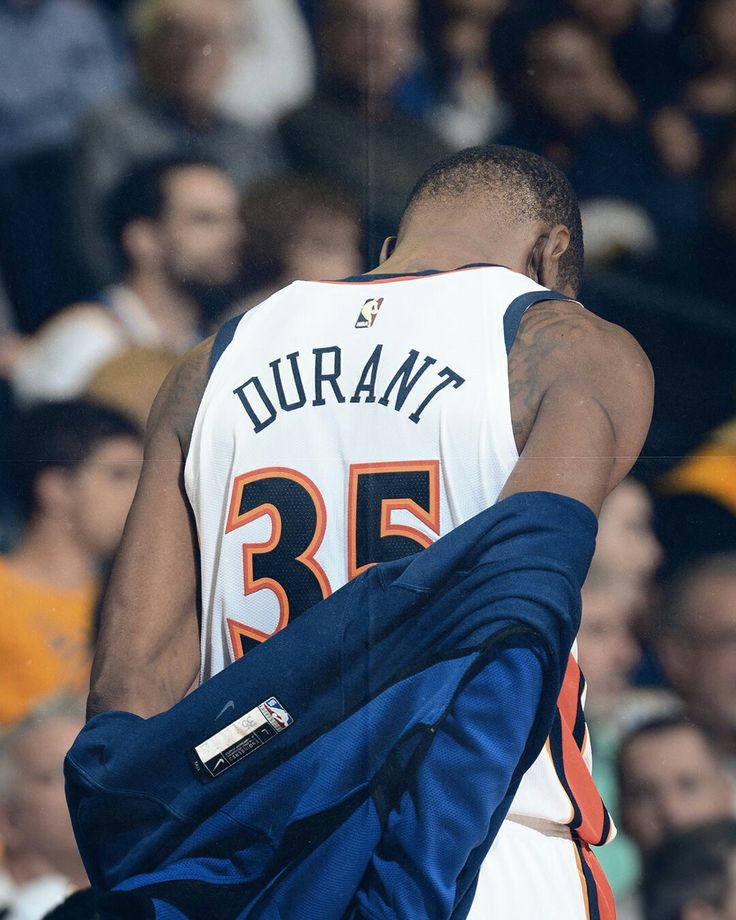 This suggests that the key to the successful performance of a basketball team in competitions is the high sports training of players (which is mainly realized in sports training), which includes all aspects of preparing athletes for a long sports season (theoretical, technical, tactical, moral-volitional and psychological). Thus, sports training is a complex specialized process aimed at the formation, development and improvement of the necessary physical, psychophysical and psychophysiological qualities of players, which has a versatile effect on athletes.
This suggests that the key to the successful performance of a basketball team in competitions is the high sports training of players (which is mainly realized in sports training), which includes all aspects of preparing athletes for a long sports season (theoretical, technical, tactical, moral-volitional and psychological). Thus, sports training is a complex specialized process aimed at the formation, development and improvement of the necessary physical, psychophysical and psychophysiological qualities of players, which has a versatile effect on athletes.
Basketball is a team sport that requires full dedication from each player in changing game episodes on the court; it allows you to develop endurance, good coordination of movements, flexibility, mobility and jumping ability in the game. It is an excellent school for teaching the interaction of players in a team, because success in the game depends not only on the developed eye of the athletes, but also on their ability to understand the intentions and tactics of other team members.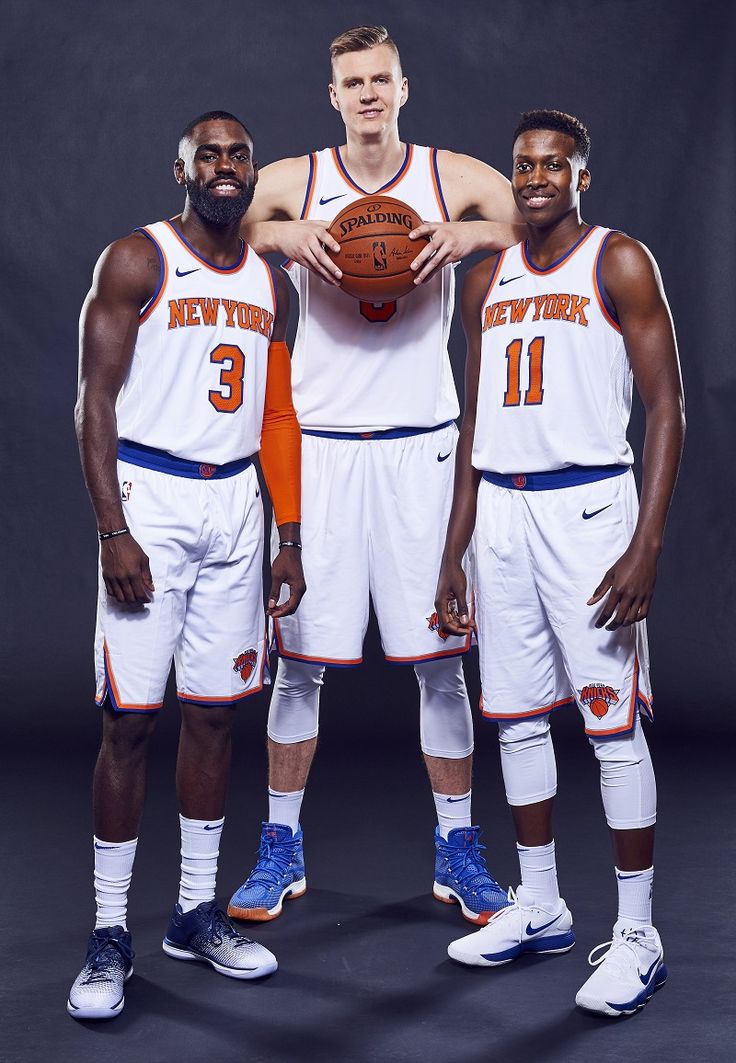 An important factor is the ability of players to make instant decisions, taking into account the game situation on the court, since the specifics of the game involve sudden changes in direction and pace, which alternate with forced jumps during shots, fighting for a high ball and trying to cover the throw. The main task of the coach in preparing for the sports season is to gradually lead the players to optimal physical, technical, tactical and mental readiness.
An important factor is the ability of players to make instant decisions, taking into account the game situation on the court, since the specifics of the game involve sudden changes in direction and pace, which alternate with forced jumps during shots, fighting for a high ball and trying to cover the throw. The main task of the coach in preparing for the sports season is to gradually lead the players to optimal physical, technical, tactical and mental readiness.
- Content and tasks of psychological training of basketball players
Psychological training is understood as a pedagogical process of formation and improvement of personality traits important for sports and mental qualities underlying them, in other words, psychological training can be understood as the process of forming a sports character [5].
The character of an athlete is determined by the properties of the personality, which is formed by fixing the necessary psychological states caused by certain mental processes.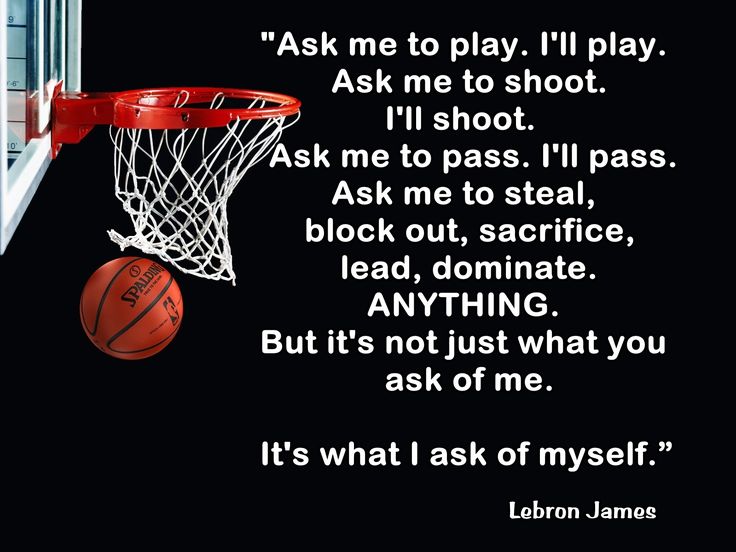 In terms of the psycho-pedagogical theory of activity, the management of mental states and the education of personality traits are correlated as a means and a result.
In terms of the psycho-pedagogical theory of activity, the management of mental states and the education of personality traits are correlated as a means and a result.
In this case, the mental state is understood as the corresponding attitude of the athlete to the world around him, which can arise both under the influence of external influences of the coach (external regulation of mental states), and due to the efforts of the athlete himself (self-regulation of mental states). Consequently, the coach, in addition to his own influence on the athlete's psyche, must teach him the methods of self-influence, which will significantly increase the effectiveness of the process of psychological preparation.
- Types of regulation of mental states of an athlete
J. Wooden notes the importance of psychological training in basketball: every coach must know psychology and be a psychologist. Speaking about the “pyramid of success” he developed, which is based on diligence and enthusiasm, and faith and perseverance help to reach the peaks, he writes: “We all differ in our abilities.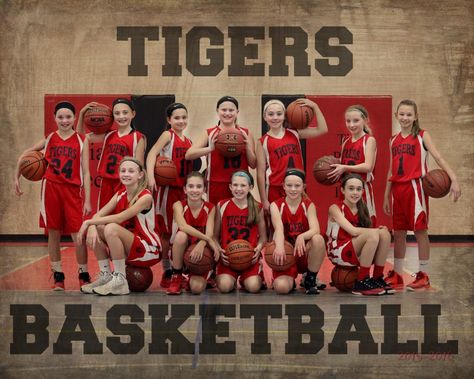 Some may have more abilities than you, they may be bigger, faster, stronger and have superiority in other physical qualities, but no one should surpass you in such very important qualities and characteristics as team spirit, enthusiasm, hard work, cooperation, constancy, determination, honesty, sincerity, reliability and integrity. Acquire and keep these qualities - and success is guaranteed" [2].
Some may have more abilities than you, they may be bigger, faster, stronger and have superiority in other physical qualities, but no one should surpass you in such very important qualities and characteristics as team spirit, enthusiasm, hard work, cooperation, constancy, determination, honesty, sincerity, reliability and integrity. Acquire and keep these qualities - and success is guaranteed" [2].
The need for special psychological preparation for sports competitions is clear to anyone who is preparing himself for a career as a basketball coach. Preparing a basketball player for high sporting achievements is a long process that requires certain lifestyle restrictions associated with the need for large time expenditures to participate in training. Therefore, it is important to form an appropriate psychological attitude not only to sports competitions, which are a bright holiday, but also to the heavy gray everyday life of a long training process.
All of the above allows us to consider the content of the psychological preparation of basketball players in three interrelated blocks: 1) psychological preparation for the training process; 2) psychological preparation for competitions; 3) regulation of mental states in a particular match.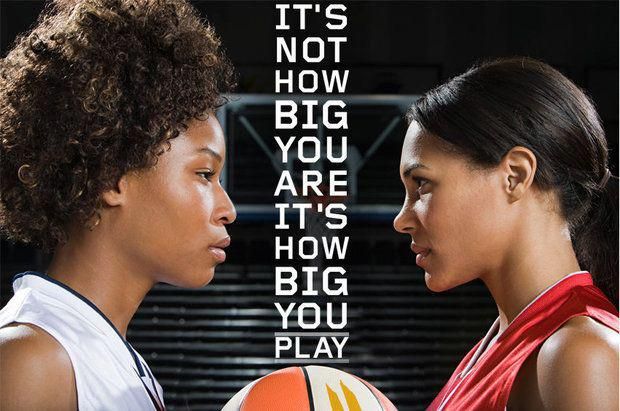
Hence there are three general tasks of basketball players' psychological preparation:
— to form a positive attitude to the training process;
— to form mental qualities that contribute to success in competitions;
- create favorable mental states in a particular match.
- The content of psychological training of basketball players
High results in modern sports require many years of intense sports training and a lifestyle subordinate to it. The athlete must be psychologically prepared for this. Such preparation is carried out in the course of the sports training itself due to the constant formation of motives that are the motives for sports and training activities, or through the creation of favorable attitudes towards various aspects of the training process. This division is conditional, since motives can be formed, in particular, through the creation of appropriate relationships. However, the specificity of motivation requires its separate consideration.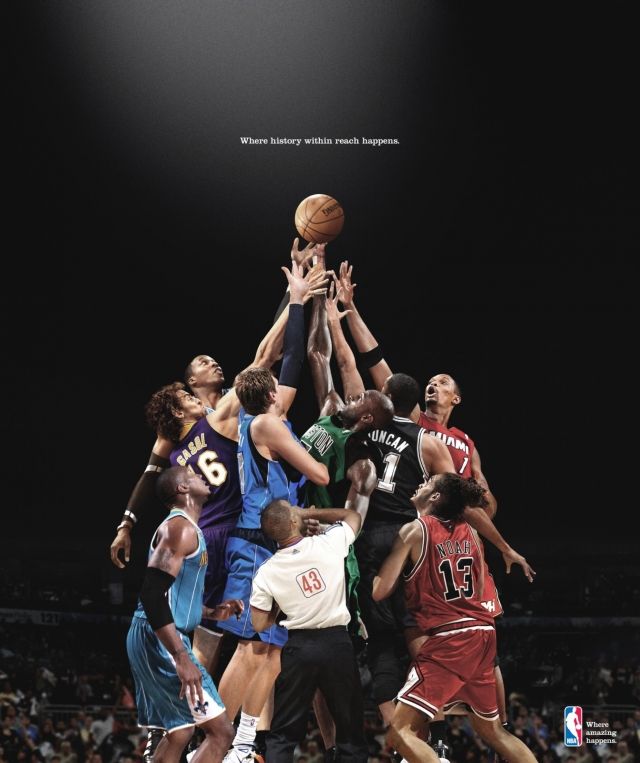 The process of formation of motives and attitudes towards sports training, in addition to external regulation by the coach, can be carried out, as noted above, by self-regulation. This is an important component of the content of psychological preparation for a long training process.
The process of formation of motives and attitudes towards sports training, in addition to external regulation by the coach, can be carried out, as noted above, by self-regulation. This is an important component of the content of psychological preparation for a long training process.
From here it is possible to formulate particular tasks of psychological preparation of basketball players for a long training process:
— to form motivation for the training process;
— to form relationships that ensure the success of the training process;
— teach methods of self-regulation of psychological states.
Analysis of numerous scientific and popular literature on psychology,
experience in psychological counseling of game students and a series of experimental studies conducted jointly with students of the Samara State University of Architecture and Civil Engineering, allowed the author to come to the following conclusions.
The desire to train can arise in a player without the influence of external reasons, arbitrarily, from the awareness of sports training as a goal, from interest in the game, the desire to improve one's skills, etc.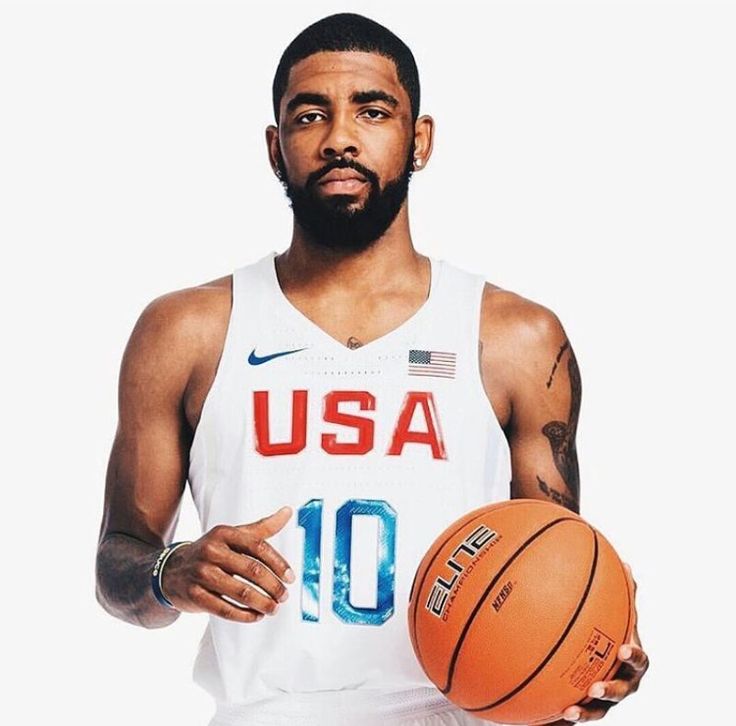 It can also be caused by external factors, such as punishment and encouragement, threat and demand, group pressure, expectation of future benefits, etc. All these incentives
It can also be caused by external factors, such as punishment and encouragement, threat and demand, group pressure, expectation of future benefits, etc. All these incentives
for sports training (in any activity in general) are called motives in psychology.
Motivation is the most important part of the learning process, and coaches are doing the right thing by focusing on this aspect of training. Most often, a coach motivates his players using rewards and punishments.
However, it is quite clear to specialists that when a coach is concerned about raising the level of motivation of his players, relying on their self-esteem, common sense and the need for self-improvement, he achieves better results.
According to special studies of foreign sports psychologists, among the motives for going in for sports, attractive for young people can be considered the possibility of maximizing their abilities, the ability to control oneself and the environment, and achieve physical perfection.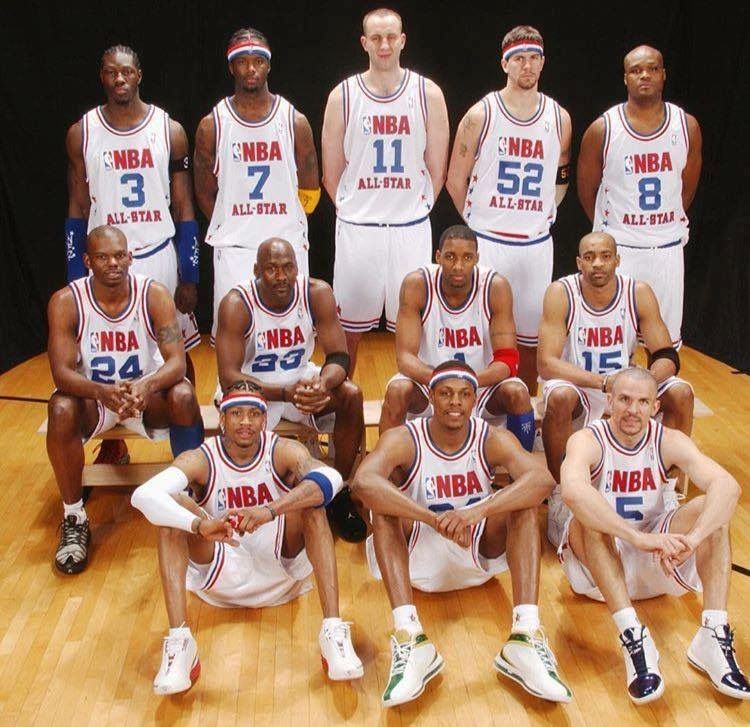
Less significant motives include the desire to be a “real man” (for boys), achieve social status, or receive large monetary rewards.
Setting distant goals. Winning a city, country, world championship, or the Olympics are examples of far-reaching goals. The coach must show the player a series of intermediate goals, the successive achievement of which will lead the player or team to achieve far distant goals. At the same time, it is important that the achievement of the first intermediate goals is difficult, but real, allowing the athlete to experience a sense of success. Gradual achievement of goals after intense training contributes to the formation of an attitude towards a serious attitude to the training process.
Shaping and maintaining a mindset for success. At the heart of these actions of the coach is the encouragement of the development of the sports ambition of the players. Among the means of forming and maintaining the attitude to achieve success or develop sports ambition, one can note the promotion of the athlete's success.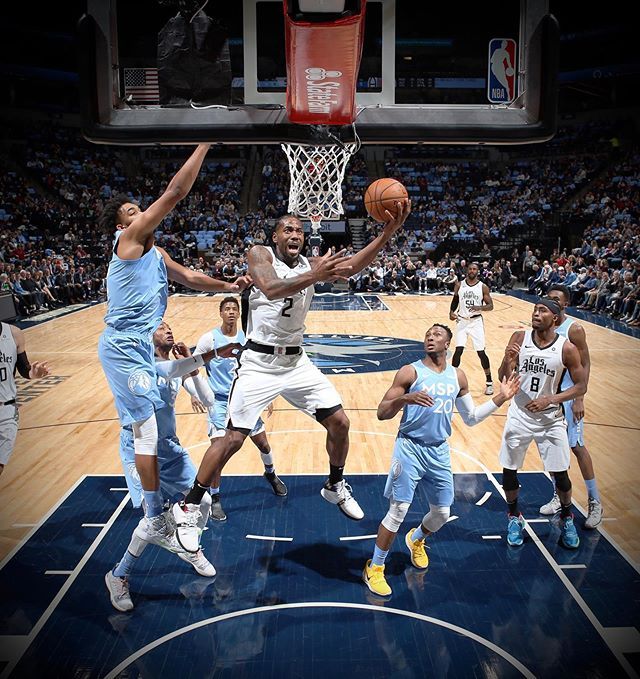 This is facilitated by the constant posting of statistical reports on the achievements of basketball players in individual components of the game on the wall of the gym, the creation of stands with photos of the best players and sports trophies of the team, mentions in the media about the sports achievements of individual players and teams, etc. At the same time, the coach must control the process of the formation of sports ambition and prevent it from turning into the form of sports vanity.
This is facilitated by the constant posting of statistical reports on the achievements of basketball players in individual components of the game on the wall of the gym, the creation of stands with photos of the best players and sports trophies of the team, mentions in the media about the sports achievements of individual players and teams, etc. At the same time, the coach must control the process of the formation of sports ambition and prevent it from turning into the form of sports vanity.
The optimal ratio of rewards and punishments. The most common means of increasing the motivation of players to the training process is the coach's assessment of their performance in the form of praise or disapproval. Any of these methods are more useful than the coach's markedly indifferent attitude towards a player with insufficient motivation. The issue of preferential use of praise or disapproval is decided based on the needs of a particular pedagogical situation and the player's personal characteristics, and in this sense, the behavior of the coach should be quite flexible. In addition to praise, real symbols of the players' achievements are used as an encouragement: badges, diplomas, tokens, medals, prizes, etc.
In addition to praise, real symbols of the players' achievements are used as an encouragement: badges, diplomas, tokens, medals, prizes, etc.
Emotionality of training sessions. It is understandable that praise or disapproval by a coach elicits an emotional reaction from the players. Thus, motives are closely related to emotions. In other words, if the training process is not emotional enough, it is difficult to maintain the necessary motivation for it.
The increase in the emotionality of the training process and the corresponding motivation for it on the part of basketball players is facilitated by the inclusion of outdoor games in the training, the competitive method of organizing exercises, the introduction of background music into certain parts of the training, the presence of spectators at individual training sessions, the encouragement of the emotional behavior of the players, the emotional behavior of the coach himself .
Development of team traditions. The formation of a close-knit team of players and team spirit is one of the important means of increasing the motivation of basketball players for the training process. When a player begins to feel that his personal efforts help to solve collective problems, he has a different attitude to the training process. The development of the team's traditions is facilitated by the unified sportswear of the players, the organization of festive rituals, for example, on the birthdays of the players or the reception of new team members, commemorative tournaments and tournaments of team veterans, festive evenings after the end of the season, etc.
When a player begins to feel that his personal efforts help to solve collective problems, he has a different attitude to the training process. The development of the team's traditions is facilitated by the unified sportswear of the players, the organization of festive rituals, for example, on the birthdays of the players or the reception of new team members, commemorative tournaments and tournaments of team veterans, festive evenings after the end of the season, etc.
Special decoration of the room for the team, as described by B. Knight, can also become a tradition.
Motivation is a year-round process. Players need to know what we expect from their games. We have a lot of slogans that we put up in the team room. One of them: "Victory loves those teams that are less likely to make mistakes." Basketball is a game of mistakes, and the team that makes fewer mistakes has the best chance of winning.
Pete Newell, who in my opinion is the best basketball coach in the world, shared this view: “Basketball is a simple game.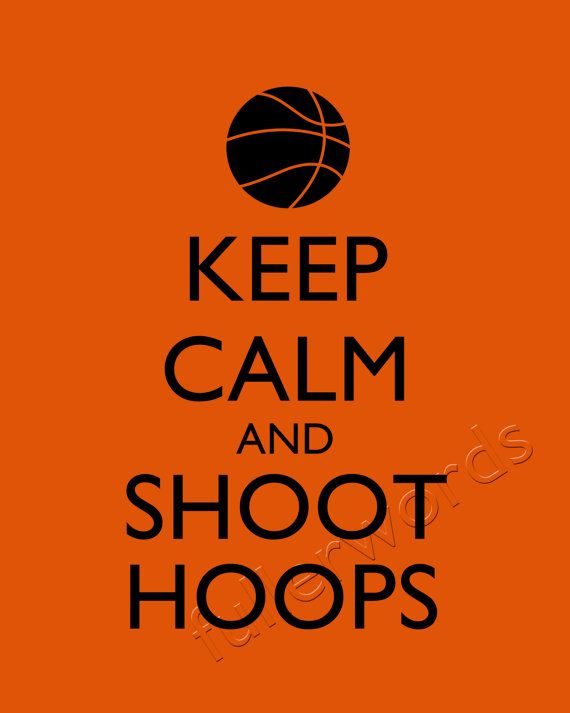 You must hit more accurately than the opponent and make more throws. If you hit more accurately than they do, it says about your attack. If you hit more than they do, it speaks to your defense."
You must hit more accurately than the opponent and make more throws. If you hit more accurately than they do, it says about your attack. If you hit more than they do, it speaks to your defense."
Another of our slogans: "Calmness and movement equals an accurate throw." I also encourage mine to read and leave materials in the locker room that I believe will help the player in their development as both a citizen and a player, motivation keeps your players doing what is necessary to play basketball successfully.
Making collective decisions. Discussing the goals and particular tasks of the training process with the team, making collective decisions on training and lifestyle issues under the guidance of a coach significantly increase the players' motivation for the training process. An excellent example of this is the experience of B. Knight.
Goals are set for the whole team, in accordance with this, static information is collected at each game, with which the players get acquainted after the end of the game, dividing it into three groups - attack, defense and general. On the side of each goal, leave a place to mark the result. If we have reached the goal, we write down the percentage in black, if not, we make a mark in red. Goals should be challenging enough, but achievable. We've maxed out at eight goals in a single game, and have averaged five goals in every game over the last two seasons.
On the side of each goal, leave a place to mark the result. If we have reached the goal, we write down the percentage in black, if not, we make a mark in red. Goals should be challenging enough, but achievable. We've maxed out at eight goals in a single game, and have averaged five goals in every game over the last two seasons.
Attack targets: field goals - 52%; free throws - 75%; losses -10%.
Objectives of defense: 1) to prevent the opponent from scoring more than 65 points per game; 2) to prevent the opponent from exceeding 42% of the effectiveness in shots from the field; 3) prevent any of the opponent's players from scoring more than 20 points; 4) force the opponent to make 214 losses.
General goals: 1) to score first in each half; 2) pick up 58% of all bounces; 3) commit no more than 16 personal fouls; 4) make 12 throws more than the opponent.
If you achieve all these goals, it will be impossible to lose. It is not enough to tell a player to play to the best of their ability.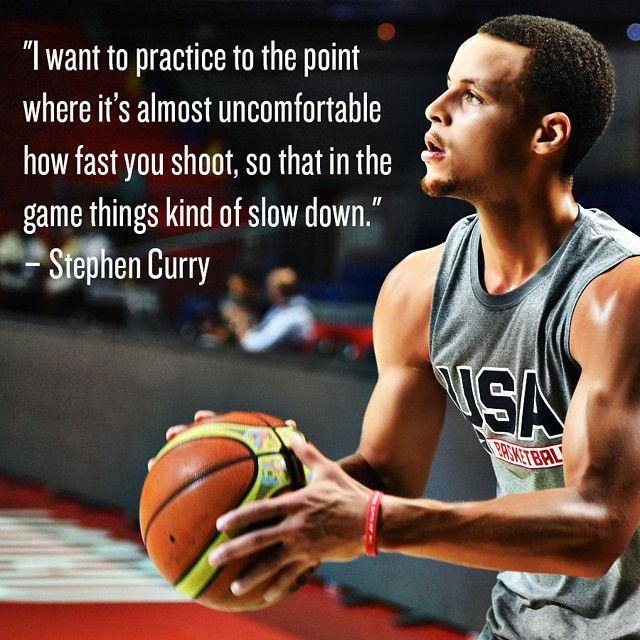 This task must be specified in numbers.
This task must be specified in numbers.
At first glance it seems that Knight is talking about a special psychological preparation for the competition. However, it is not difficult to imagine how the players begin to relate to the training process after making these kinds of collective decisions.
Personal characteristics of a coach. A strong motivating factor in the conscientious attitude of players to the training process is the personality of the coach himself.
To quote B. Knight again: “Motivation starts with the coach. We must motivate ourselves daily. I try to do this by going to every training session, counting everything from the moment I enter the court, for example, if there is any of the players that I need to reprimand in order to set them up for a good job.
Among the many characteristics of a coach's personality that help motivate players, one should first of all name confidence, exactingness, optimism and perseverance, curiosity and professional intuition.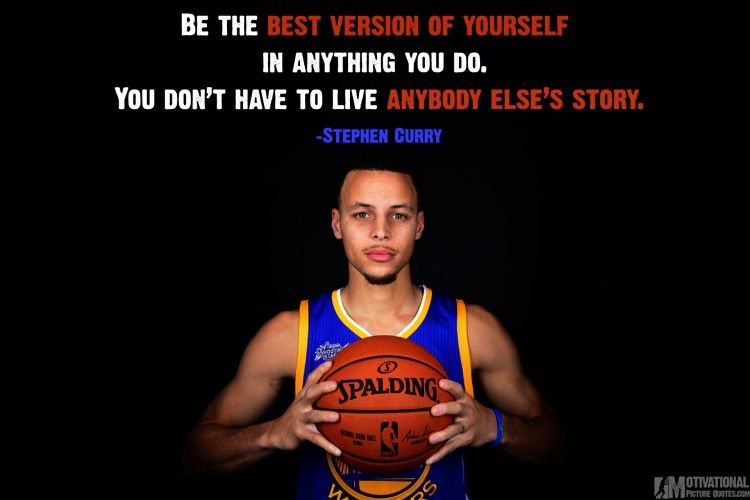
The coach must be confident in his competence and the decisions he makes. We must remember: the fact that your team is not in the top three, and you yourself are not yet part of the coaching elite, constantly mentioned in the media, does not mean that you cannot train. Your confidence instills faith in your students.
The coach must be equally exacting (we are talking about discipline) to all players. Otherwise, he will begin to lose confidence in himself. It is good if behind his firmness the players will feel friendliness, respect for themselves. In the end, the success of the coach and the success of his students are interdependent, which is a sufficient basis for mutual respect.
Coach's optimism helps players to overcome the inevitable difficulties of the training process. Everyone understands that it's easier to be optimistic when your team is winning. If she loses, it is useful to recall the statement of Albert Einstein and Leonardo da Vinci that 90% of their experiments ended in failure.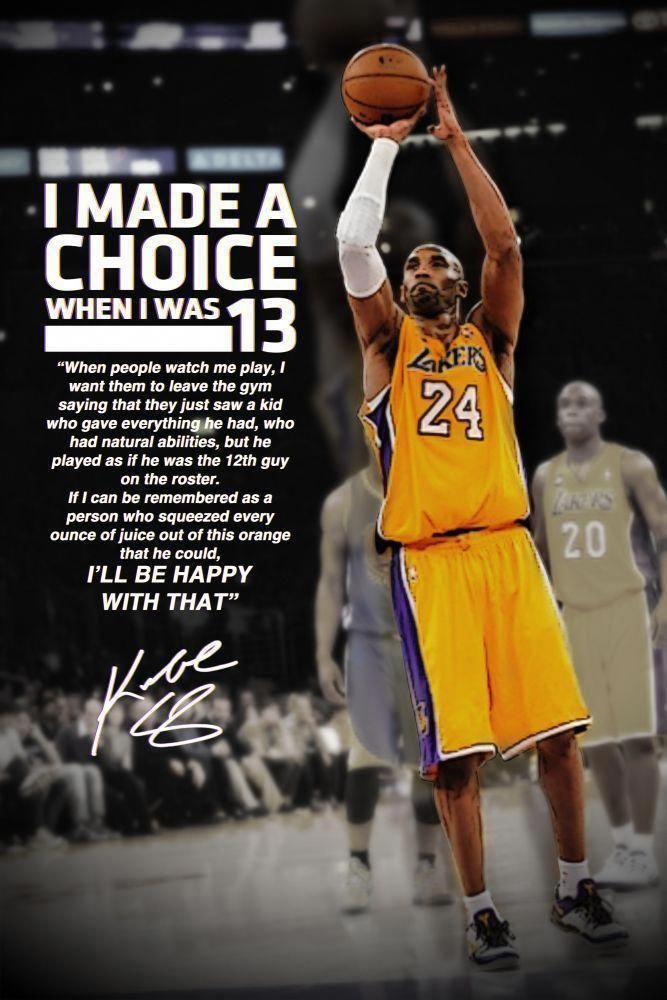 But they were persistent, and this ultimately determined their success. Remind your students of this.
But they were persistent, and this ultimately determined their success. Remind your students of this.
Dictionaries define curiosity as the desire to acquire new knowledge; inquisitiveness. At first glance, the coach's curiosity concerns only himself. In fact, everything in the communication between an athlete and a coach is interconnected. An inquisitive coach is always eager to learn more about the secrets of his profession. His wide erudition helps him explain to the players the patterns of the training process and the need to use certain means of training in it. Knowledge of this kind helps players to form a meaningful positive attitude towards the training process.
But it's not so much about this, but that the training process is too multifaceted, and each player is too individual to give recipes for all occasions in advance. The most necessary at the moment ways of influencing students, including to increase their motivation, the coach helps to find professional intuition, the development of which is determined, on the one hand, by practical experience, and on the other hand, by the desire to acquire new knowledge, or curiosity.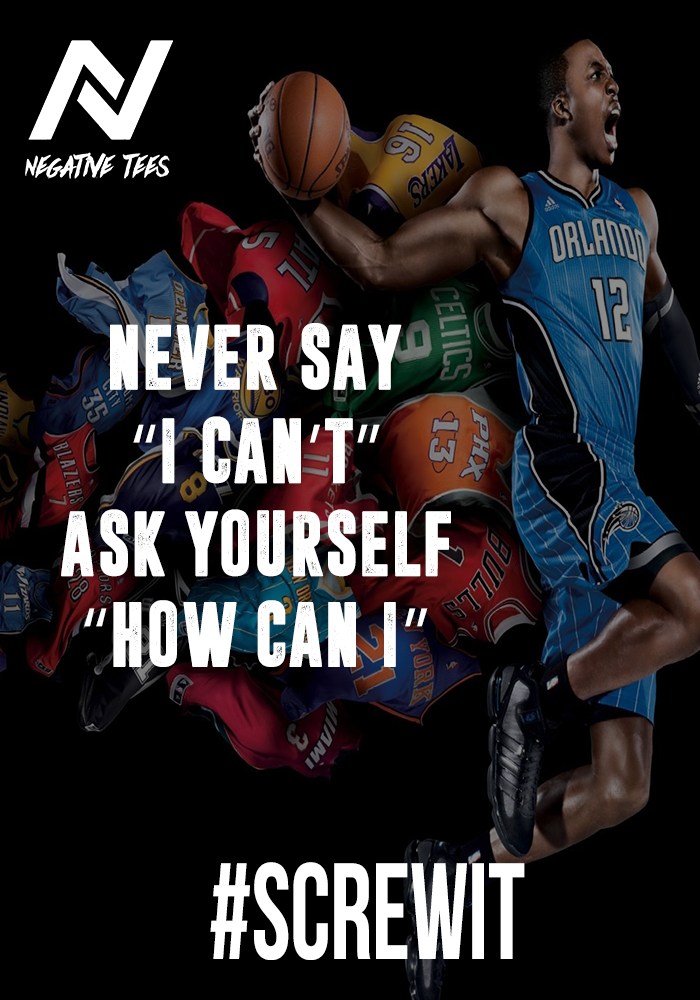
Summing up, it should be noted that, according to one of the country's leading hockey coaches V.V. Tikhonov, the final meaning of the coach's activity is not physical, technical or tactical training, but the formation of the will of the ward. And the development of the will is associated primarily with the formation of a rich motivational and semantic sphere of the players. And the coach must know how to do it.
In addition to the formation of players' motivation, the coach's task also includes the formation of a system of attitudes towards different aspects of the training process. "The system of relations determines the nature of the experiences of the individual, the peculiarities of the perception of reality, the nature of behavioral reactions to external influences." The elements of the system of players' attitudes to the training process are the attitude to sports training in general, the attitude to physical activity, the attitude to training sessions, the attitude to the sports regime.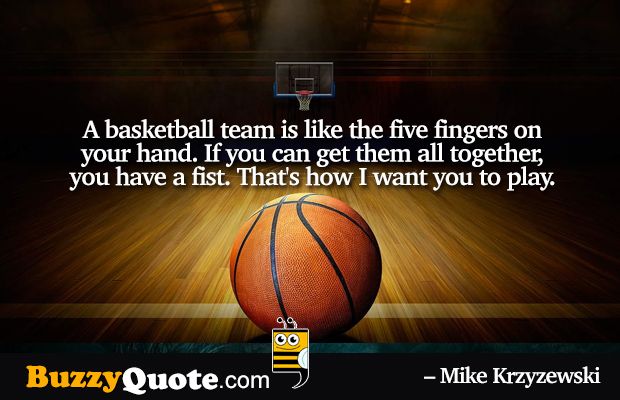
In order to create a positive attitude of players towards sports training in general, the coach should not determine the team's starting line-up during the pre-season. It is better for him to constantly change the starting five so that the substitutes do not feel useless. According to B. Cosey, the late deadlines for determining the starting five make the entire team take a more responsible attitude to the training process.
D. Wooden advises ending each practice session on a positive note so that the coach and players look forward to the next session. If the coach and players end a session in an irritated or pessimistic state, they are unlikely to look forward to the next session and have to start under difficult conditions that might not be there.
Fear of large training loads is basically removed by good motivation. Hockey coach V.V. Tikhonov talked about the "barriers" that are built in front of each athlete and coach in his activity and which must be overcome in order to move on. His main ideas included the following provisions:
His main ideas included the following provisions:
1) there are no limits in loads;
2) the idea that one should take care of oneself is wrong. As soon as the thought of “saving” oneself appears, the athlete ends there: he was unable to overcome such a barrier;
3) the athlete must strive to be in peak form all the time, avoiding a drop in form.
V.V. Tikhonov sees it in breaking the barrier of fear - the fear of burden.
D. Wooden also talked about the experience of developing positive attitudes towards large training loads through the collective acceptance of what he called “training rules”. Here are some of them: “Never think about your bruises and fatigue. If you are tired, think about how your opponent might have run out of steam”; “The condition is improved by hard training work after you are exhausted. Force yourself to work when you get tired”; "Set a goal for yourself to be in better condition than your supposed opponents." Copies of these jointly agreed rules are given to each player on the team, after which, according to Wooden, he must either agree with them or leave the team.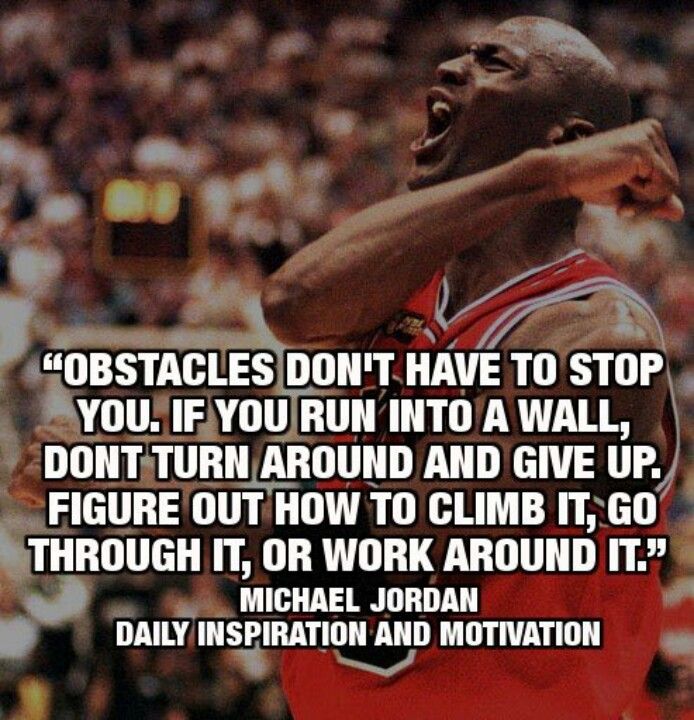
Practice has shown that following the principles formulated above significantly speeds up the process of transferring the nature of the team's activities from collective to joint.
References:
[1] Vavilov A.L. Group cohesion, individual readiness and effectiveness of the game of the basketball team // Actual problems of human knowledge in the field of
educational activity: materials of the annual scientific session of the BPA on May 25
2000 - St. Petersburg: BPA, 2000.
[2] Wooden D. Modern basketball / Per. from English. and foreword. E.R. Yakhonotov. - M .: Physical culture and sport, 1987.
[3] Gomelsky A.Ya. Basketball team management. - 2nd ed., add. - M.: Fizkultura i sport, 1985.
[4] Gomelsky A.Ya. Prove yourself right by winning. — M.: Sovetskaya Rossiya, 1987.
[5] Gorbunov G.D. Psychopedagogy of sports. - M.: Physical culture and sport, 1986.
[6] Daimatsu H. Follow me / Per.